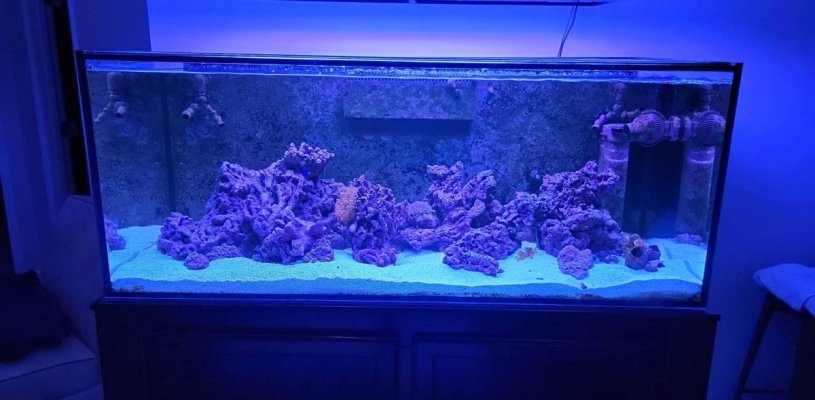- Joined
- Oct 9, 2019
- Messages
- 234
- Reaction score
- 145
Sup guys,
I'm just looking for some clarity on kalkwasser and how they work and all that, looking to switch over from the 2 part dosing. So from my understanding, the current method to dose kalkwasser is to just add the amount into the ATO system and dose it slowly at night.
Thanks just curious.
I'm just looking for some clarity on kalkwasser and how they work and all that, looking to switch over from the 2 part dosing. So from my understanding, the current method to dose kalkwasser is to just add the amount into the ATO system and dose it slowly at night.
- The reason we cant directly dose kalkwasser into saltwater:
- The reason to keep kalkwasser in an air tight container:
Thanks just curious.




















